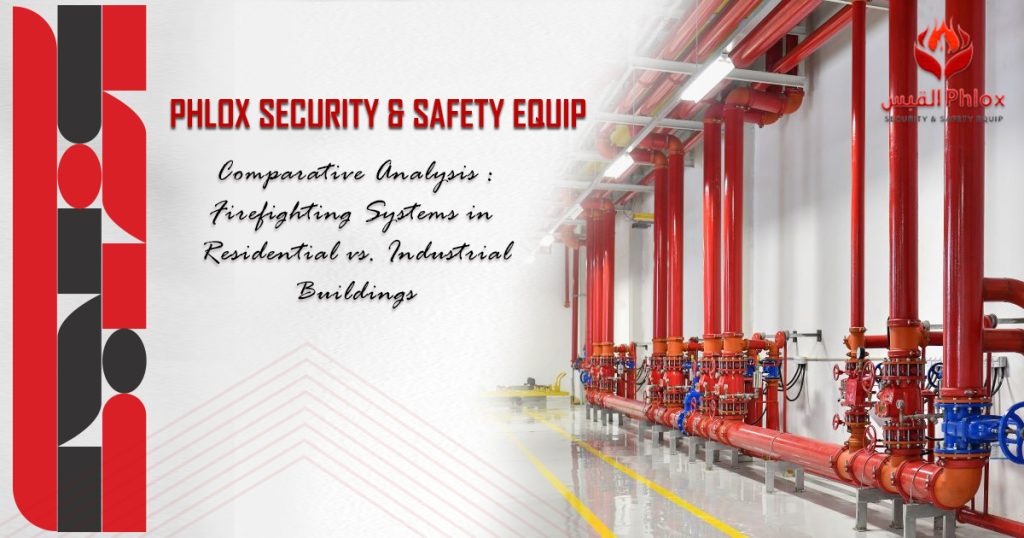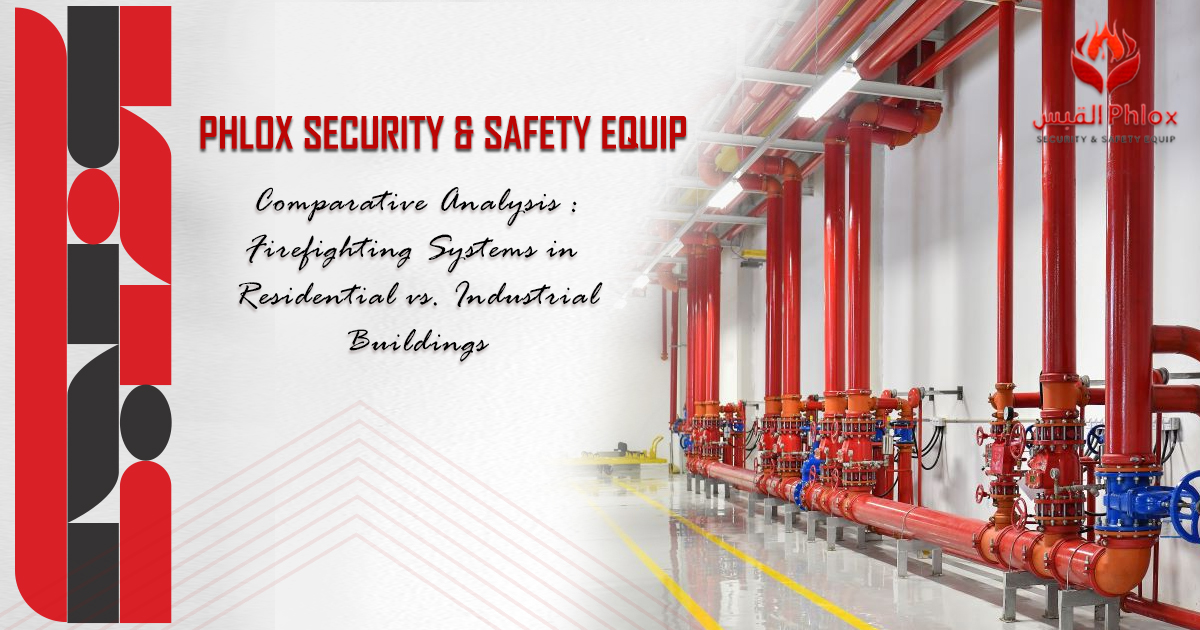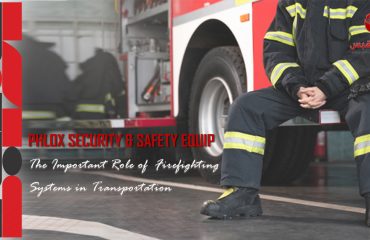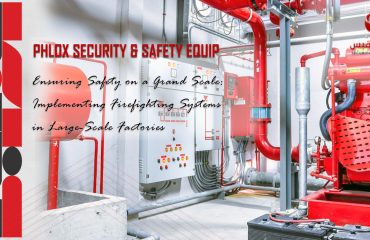
Firefighting Systems in Residential vs. Industrial Buildings: A Comparative Analysis
Fire safety is a critical aspect of building design and maintenance, with different types of buildings requiring tailored firefighting systems. However, in this blog, we’ll delve into the distinctions between firefighting systems in residential and industrial buildings. We will also highlighting the unique considerations and requirements for each.
Building Type and Occupancy
Residential buildings are primarily designed for living, accommodating individuals and families. On the other hand, industrial buildings are geared towards commercial or industrial activities, ranging from small workshops to large factories. This fundamental difference sets the stage for varying firefighting system needs.
Fire Hazard Levels
Residential buildings typically pose lower fire hazards due to their lack of large quantities of flammable materials or high-risk industrial processes. In contrast, industrial buildings can have significantly higher fire hazard levels, necessitating more specialized and robust firefighting systems.
Building Design and Layout
Residential buildings tend to have simpler layouts with fewer compartments, with a primary focus on evacuation routes and accessibility. Industrial buildings, however, often boast more complex layouts with specialized areas like production lines and storage facilities. This complexity demands firefighting systems that can navigate and combat fires effectively in such environments.
Firefighting Systems – Fire Detection Systems
Residential buildings commonly employ smoke detectors, heat detectors, and fire alarms for early warning. In industrial settings, advanced fire detection systems are essential. These may include specialized detectors capable of identifying specific types of fires, along with sophisticated alarm and notification systems.
Firefighting Systems – Fire Suppression Systems
While residential buildings rely on portable fire extinguishers and, in some cases, sprinkler systems, industrial buildings demand more advanced suppression systems. These can range from deluge systems to foam-based solutions, tailored to the specific hazards inherent in industrial processes.
Lastly, fire-fighting systems play a crucial role in safeguarding lives and property, and tailoring them to the unique characteristics of a building is imperative. Moreover, understanding the distinctions between residential and industrial fire-fighting systems is essential for ensuring the highest level of safety in both environments. Therefore, by adhering to the specific requirements of each building type, we can create environments that are well-equipped to handle the challenges posed by fire hazards.





